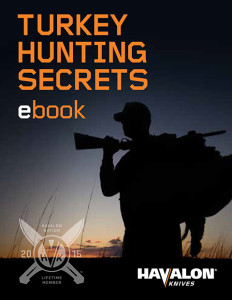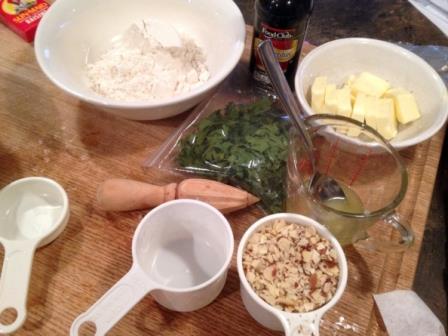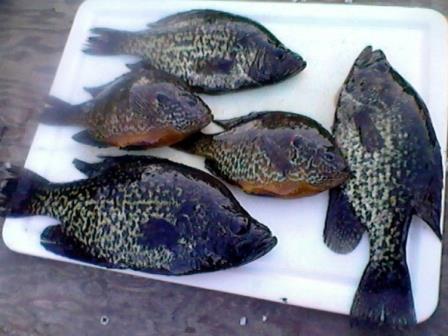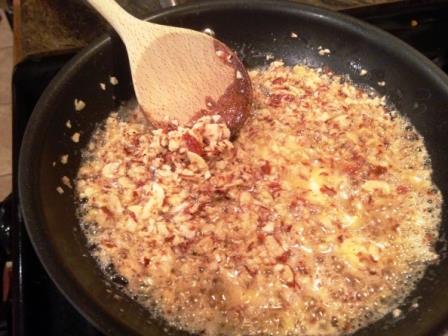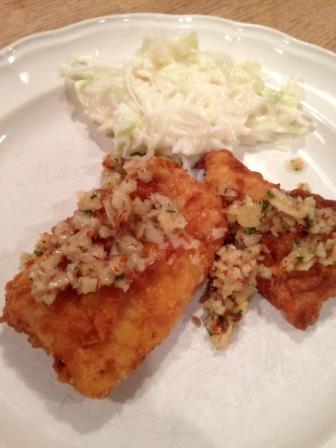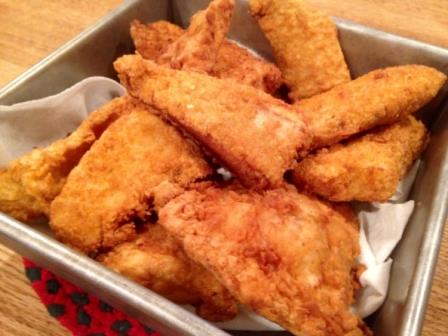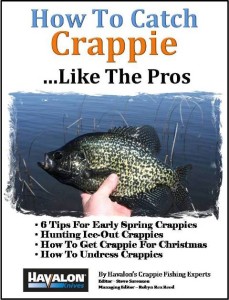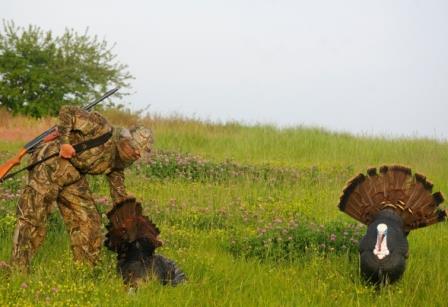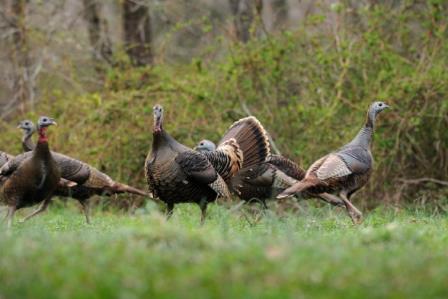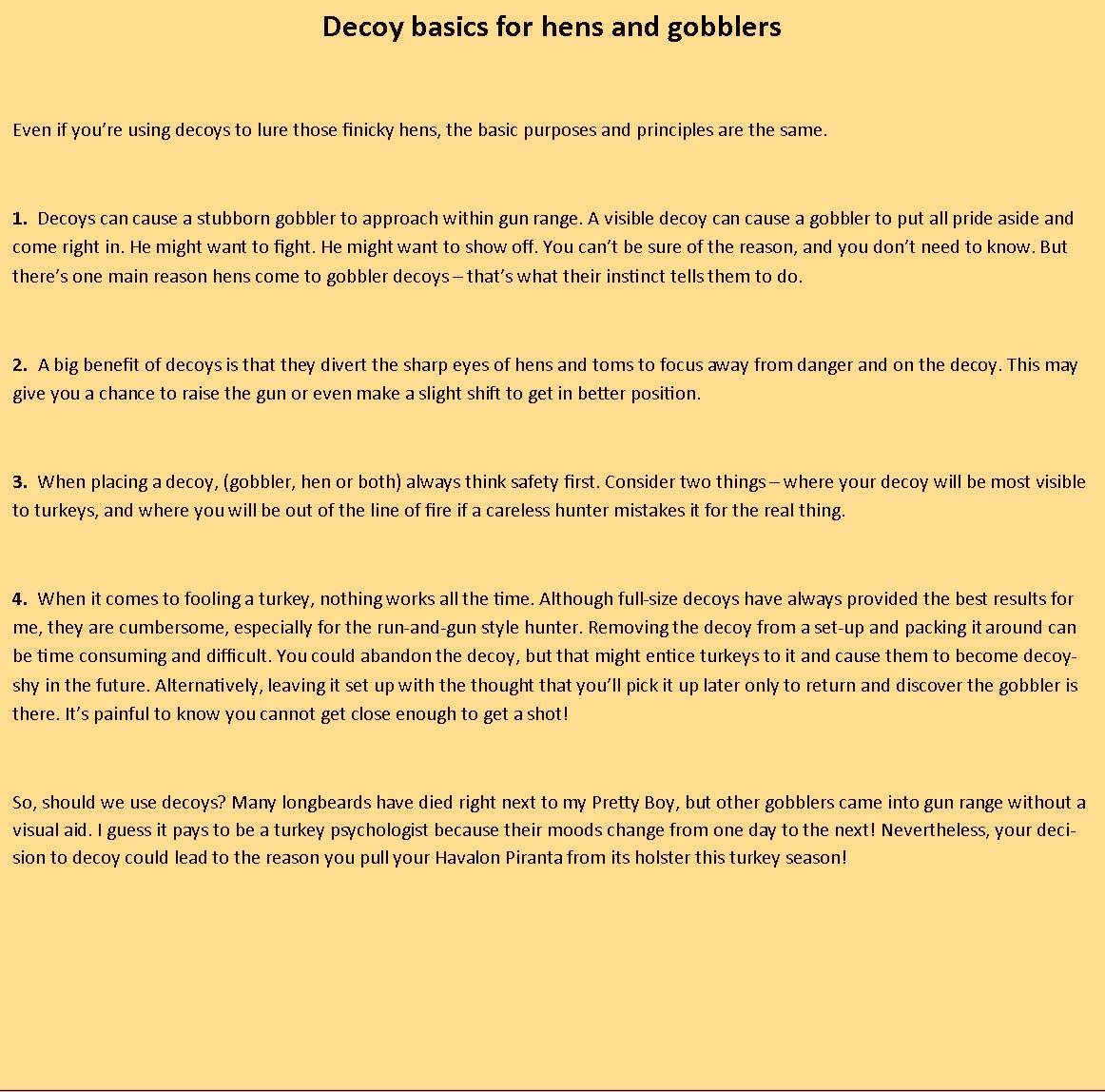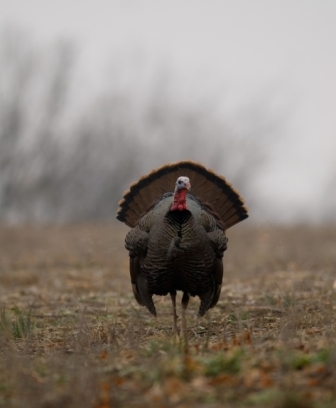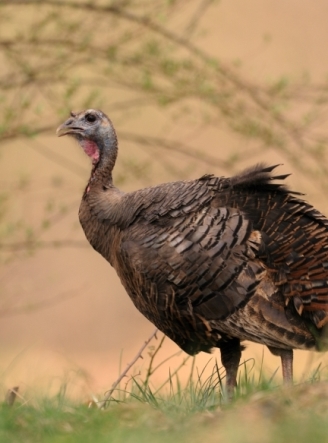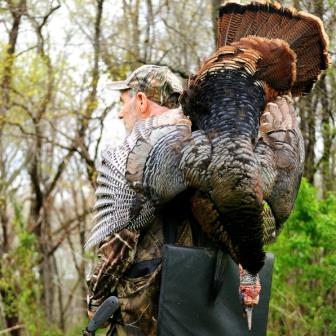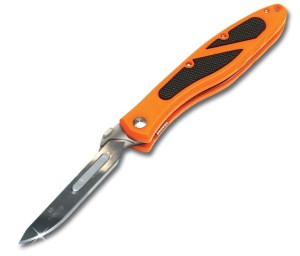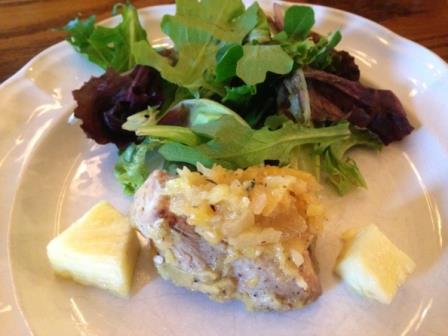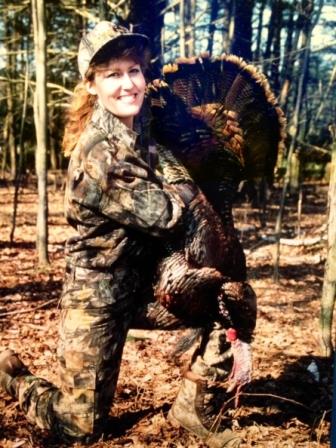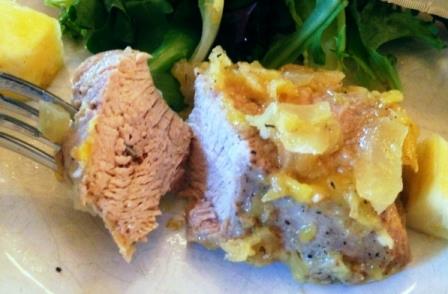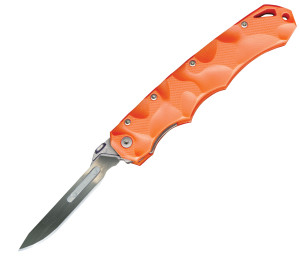By Steve Sorensen
Four lessons in patience that will help you
get a gobbler this year!
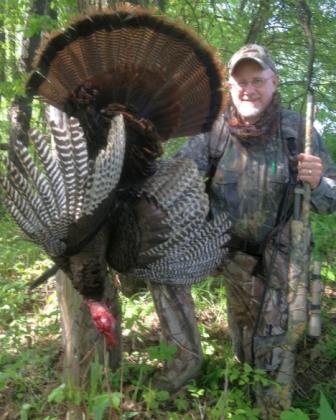
Though I didn’t weigh this gobbler, he was probably my biggest, and was hard-earned. He didn’t come because my calling was special, or because my set-up was perfect. I didn’t outwit him. I outwaited him — for almost four hours. (Photo: Steve Sorensen)
How many gobblers have you tried to call in, but failed? If you’re a dedicated turkey hunter, it’s a lot — and it will be a lot more. That’s a fact and a frustration of spring gobbler hunting.
Why is spring turkey hunting so frustrating? We know when there’s a chance of calling a gobbler in because they announce their presence to us. And I’m sure we call in more gobblers than we know we call in — a fact which has made me think about how we can kill more turkeys. More than calling ability, more than strategies, more than a long-range shotgun, what we need is more patience. Frustration comes when we lack patience.
Here are four lessons in patience —
Learn them here and you don’t have to
learn them the hard way.
Patience Lesson #1: Don’t think a gobbler isn’t responding just because he’s not vocal.
The gobblers I’ve called in that were silent make me wonder how many more silent birds I’ve called in that just didn’t show up before I decided to leave. That probably happens more in the late season after green-up occurs than in the early season when the woods are bare, but I’ve had it happen even on opening day. So stay put. When you must move, move at a snail’s pace. And keep your eyes peeled.
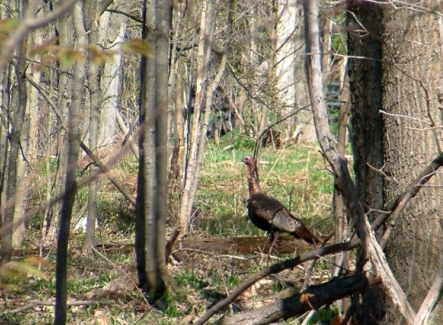
I had been calling most of the morning, wondering where the gobbler was. He wasn’t far away. I left and spotted him along a road, headed for the calling set-up I had just left. My weakness: patience. The gobbler’s strength: an abundance of patience. (Photo: Steve Sorensen)
Patience Lesson #2: If you have time, give him time, and then give him more time.
He may not be as anxious for a girlfriend as you are anxious to kill him. In some cases when turkeys have gobbled only occasionally, I finally decided the game was over before the clock really ran out. The gobbler was still playing, and he wasn’t far away. In more than one of these cases, I’ve flushed gobblers when I stood up to leave.
Patience Lesson #3: Gobblers can be patient, too.
This lesson took two or three experiences to penetrate my thick skull. I called a gobbler partway to the shotgun, but he was coming in slowly and I had to leave while he was still active. My schedule was irrelevant to the gobbler, and he came in after I left. The next morning he was right there where I had been calling from. My mistake? I didn’t expect him to be there, and I don’t know how long it took him to get there, but he apparently decided to wait around until that “hen” came back the next morning. If you must leave a gobbler, get to that same spot the next morning before daylight. He might just be patient enough to hang around and wait for you to get back.
Patience Lesson #4: Don’t shoot at a gobbler when you THINK you can make the kill.
Pull the trigger when you KNOW he will die. Sometimes a bird will stay just out of range, making me wonder what I could do to get him to walk those last 10 yards. In some of those cases the gobbler was killable at 40 yards, but my policy is not to shoot unless they’re at 35 or even 30. That adds a forgiveness factor to my range estimation so I don’t miss or injure them. I’ve heard many hunters say they’ve shot gobblers at 60 yards. That’s great, but most hunters won’t tell you if they missed or crippled birds at that range. A lot can go wrong between the shotgun and the turkey. If you’re patient, you’re far less likely to miss or wound them.

This turkey was only 35 yards away, but I nearly missed. I didn’t see a sapling between him and me. I splattered it with a shot, and the wad from my shell chiseled a notch into the tree. Fortunately enough shot got by the tree to put him down. More patience (and closer attention) would have eliminated the risk. (Photo: Steve Sorensen)
Once you’ve patterned the shotgun, practiced estimating range, looked for turkey sign in your favorite places, checked out some new places and gained permission to hunt good property, make sure you do one more thing — practice patience. (You have lots of opportunities to practice patience with those turkeys you live with and work with every day.)
And keep in mind — not every guy gets the girl, not every gobbler gets the hen and not every turkey hunter gets to tie his tag to the leg of a gobbler. But more hunters will if they’re patient.
When you have a gobbler coming, what might be most important is not your calling, or your set-up. You may not have to outwit him. You might only have to outwait him. Only one thing guarantees more gobblers will get a free ride home with you. It’s not a certain call. It’s not a custom shotgun. It’s not a special choke tube. It’s not a specific camo. It’s something you can’t buy. It’s patience.
About Steve Sorensen:
 Steve Sorensen is the author of “Growing Up With Guns” and “The Everyday Hunter Handbook Series.” He writes an award-winning newspaper column called “The Everyday Hunter®” and edits content in the Havalon Post. He has published articles in top magazines across the USA, and won the 2015 “Pinnacle” Award for magazine writing. Invite Steve to speak at your next sportsman’s event, and follow him at www.EverydayHunter.com.
Steve Sorensen is the author of “Growing Up With Guns” and “The Everyday Hunter Handbook Series.” He writes an award-winning newspaper column called “The Everyday Hunter®” and edits content in the Havalon Post. He has published articles in top magazines across the USA, and won the 2015 “Pinnacle” Award for magazine writing. Invite Steve to speak at your next sportsman’s event, and follow him at www.EverydayHunter.com.
Learn more turkey hunting tips and tricks
with our FREE eBook! Click here:
402 total views, no views today


